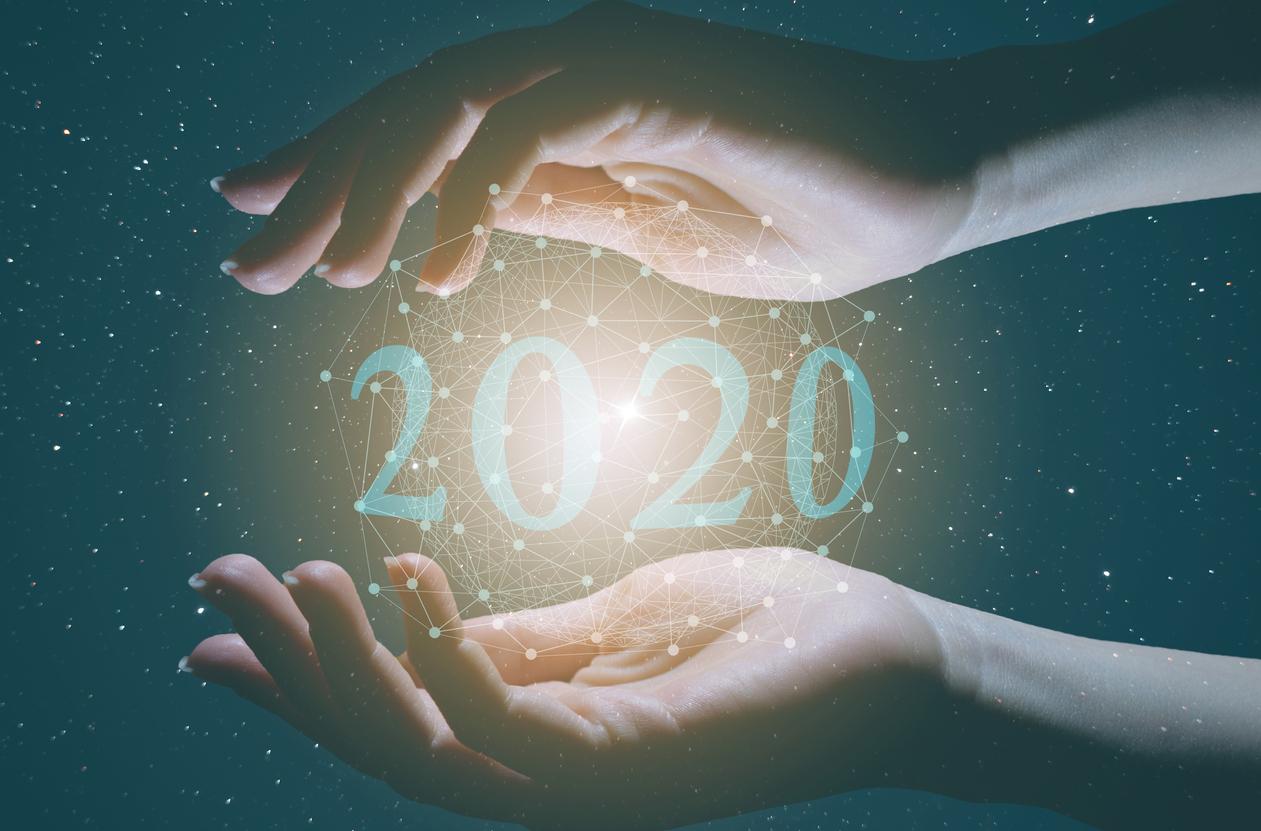+44 (0) 1223 378 000
info@cpl.co.uk
1 Cambridge
Technopark,
Newmarket Road,
Cambridge,
CB5 8PB, UK

Nine months into the pandemic it feels like the ‘new normal’ is now just the normal, says CPL’s Lucy Oakshott. So what better time to stop and take stock of the impact on people’s media consumption and behaviour?
It will come as no surprise that daily online content consumption around the world has rocketed since the start of the Covid-19 pandemic, doubling from an average of 3 hours 17 minutes to 6 hours 59 minutes during September.
The part I find most interesting is how things have settled after the initial storm.
Like many, I feel quite differently about lockdown 2.0 – more relaxed and in control. First time round, there was heightened anxiety, a sense that we wanted – or needed – more entertainment, more news, more information to make sense of how our normal was being disrupted.
For example, Zoom use in April 2020 was 20 times that of January; daily social media consumption increased by 25 per cent (v Feb 2020) and more than 80 per cent of people agreed they were consuming more content since the outbreak.
Research from Ofcom shows that social media consumption has already returned to pre-Covid times; Zoom’s reach is decreasing (perhaps I’m not the only one to have happily shelved the family Zoom quiz?); and TV is continuing to decline in favour of on-demand.
The fact that, overall, people are spending more time online than at the start of the year means we have more opportunities to reach a greater audience via effective digital communications channels.
But we need to take an intelligent approach with our content and recognise that our audiences have a wide range of channels from which they can source information.
At a round-table last month, which CPL organised with our colleagues from Ashridge Communications, one delegate asked a question that I am sure many organisations are considering:
“As a result of the impact of Covid-19, we increased our e-communications to members from monthly to once a week. Now we are wondering what content we use to sustain this? How do we keep our audience engaged?”
That delegate may have been posing the wrong questions. Arguably, they should have been asking: “Why are we still communicating every week?” and “Do we actually still need to communicate so frequently now the immediate impact of Covid-19 has passed?”
Which leads me to a final thought: consumption has increased, as has the opportunity to engage with audiences. But it’s important to remember that it’s not just about where your audience is.
Yes, the channels they are using are important. But have you thought properly about what your content is for?
If you want to keep your audience engaged, you need a strong, thoughtful and customer-centric content strategy.
CPL can help you develop or transform your strategy. To talk to me about this, do get in touch.
Sources: DoubleVerify 2020, Ofcom Sept 2020, Comscore 2020, BBC 2020